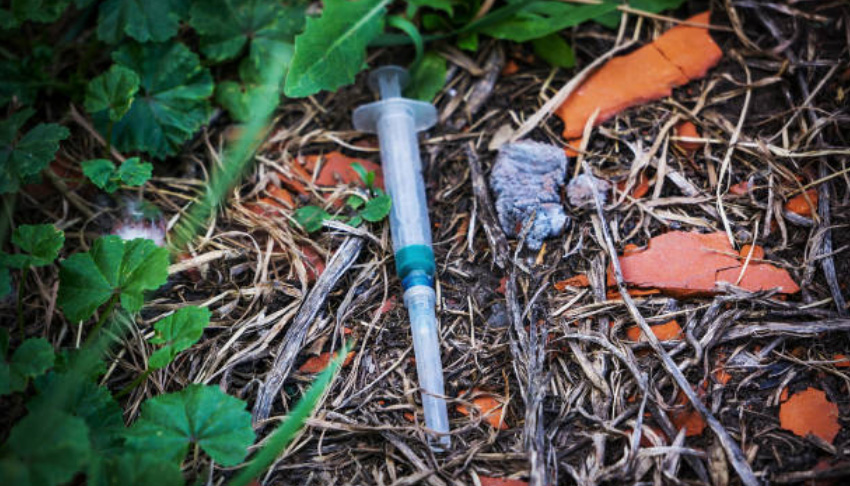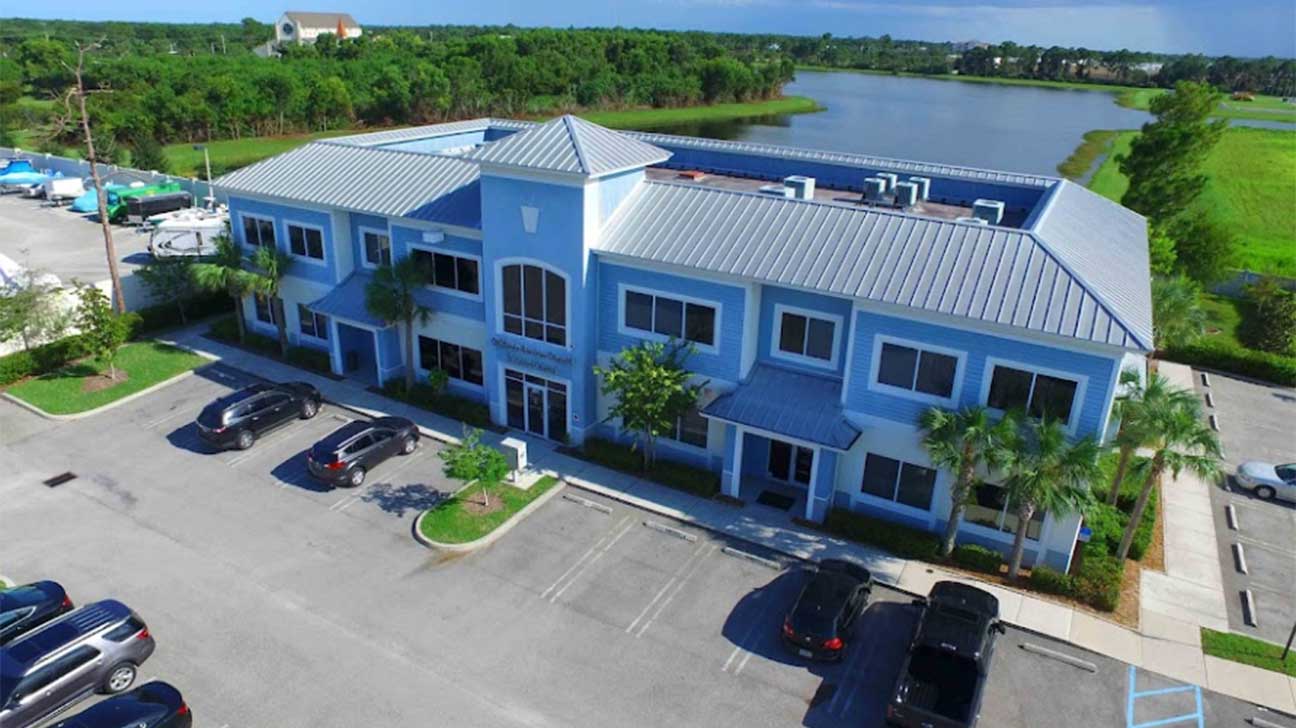
Introduction
The Growing Concern of Drug Addiction in the U.S.
Drug addiction remains one of the most pressing public health crises in the United States. With millions of U.S. Citizens and families impacted, the ripple effect of addiction is extended to healthcare, the economy, and the very fabric of society. The problem is vast, affecting individuals of all ages, backgrounds, and locations. Understanding the scale of addiction through statistics can paint a clearer picture of the issue, helping to drive policy and prevention efforts.
Why Understanding Addiction Statistics is Crucial
- Revealing the Severity: Addiction statistics not only highlight the magnitude of the issue but serve as a tool for policymaking, resource allocation, and public health strategies.
- Guiding Action: They serve as a wake-up call for communities and individuals, underscoring the urgent need for intervention and support across various sectors.
Find Hope and Healing: Call Us Now!
Take the first step towards a brighter future! If you or a loved one is seeking support for substance abuse, we are here to help. Call us today and let our dedicated team guide you to the right treatment options. Your path to recovery starts now!
- Connect with an expert addiction specialist 24/7/365
- Learn about treatment costs
- Arrange fast access to a treatment program
Request a Call
OR
Make a Call
Overview of Drug Addiction in the U.S.
How Many Americans Are Affected?
- General Statistics: Approximately 21 million Americans struggle with at least one substance use disorder (SUD) annually, representing about 6% of the population aged 12 and older.
- Underreporting: These numbers only account for reported cases, meaning the true extent of addiction may be even greater due to underreporting, stigma, and lack of access to healthcare.
Substance Use vs. Addiction: Key Differences
- Substance Use: Many Americans engage in recreational drug use, but not everyone develops a dependence or addiction.
- Addiction Defined: Addiction is characterized by physical and/or psychological dependence on a substance, which often results in harmful consequences for individuals and those around them.
Substance-Specific Statistics
Opioids: Prescription and Illicit Use
- Opioid Use Disorder: About 2.1 million Americans suffer from opioid use disorder (OUD).
- Overdose Deaths: Synthetic opioids, such as fentanyl, are responsible for the majority of overdose deaths, with over 80,000 fatalities annually.
- Impact of Fentanyl: Fentanyl is 50-100 times more potent than morphine, making it a key driver of overdose fatalities.
Alcohol Addiction and Binge Drinking
- Alcohol Use Disorder: Affects 14.5 million adults and over 400,000 adolescents in the U.S.
- Prevalence of Binge Drinking: 1 in 6 adults engages in binge drinking regularly, a behavior that often leads to both short-term and long-term health risks.
Stimulants: Cocaine and Methamphetamine Usage
- Cocaine Use: More than 1.5 million Americans report regular cocaine use, a drug that significantly damages the cardiovascular and nervous systems.
- Methamphetamine: Meth use is on the rise, with approximately 1.6 million regular users. The drug is highly addictive and has a severe impact on physical and mental health.
Cannabis Dependence: Medical vs. Recreational Use
- Cannabis Use Disorder: Despite its increasing legalization, around 4 million Americans struggle with cannabis use disorder.
- Effects on Youth: Cannabis use can lead to impaired cognitive function and addiction, particularly among young users.
Emerging Concerns: Fentanyl and Synthetic Drugs
- Fentanyl: A synthetic opioid that is 50-100 times more potent than morphine, fentanyl is a primary contributor to the overdose epidemic.
- Designer Drugs: New synthetic substances are emerging, posing challenges for law enforcement and healthcare systems due to their unknown potency and danger.
Demographics of Drug Addiction
Age Groups Most Affected by Addiction
- Young Adults (18-25): This age group reports the highest rates of addiction, with 15% of young adults struggling with substance use disorders.
- Adolescents (12-17): Approximately 5% of adolescents battle addiction, a group vulnerable to the long-term consequences of early substance use.
Gender-Based Trends in Substance Abuse
- Men vs. Women: Men are more likely than women to develop substance use disorders. However, women often face faster progression from use to addiction and often experience addiction in tandem with mental health issues such as depression and anxiety.
Addiction Across Different Socioeconomic Backgrounds
- Impact on Low-Income Communities: Lower-income communities face disproportionate levels of addiction due to factors such as limited access to healthcare, social stressors, and higher exposure to drug use environments.
- Barriers to Treatment: Those in lower socioeconomic backgrounds are more likely to face stigma, financial barriers, and lack of access to care.
Find Hope and Healing: Call Us Now!
Take the first step towards a brighter future! If you or a loved one is seeking support for substance abuse, we are here to help. Call us today and let our dedicated team guide you to the right treatment options. Your path to recovery starts now!
- Connect with an expert addiction specialist 24/7/365
- Learn about treatment costs
- Arrange fast access to a treatment program
Request a Call
OR
Make a Call
Geographical Breakdown
State-by-State Drug Addiction Statistics
- High Opioid Addiction States: States like West Virginia, Kentucky, and Ohio have some of the highest rates of opioid addiction and overdose deaths.
- Alcohol and Methamphetamine: States like California, Florida, and Texas report significant issues with alcohol and methamphetamine use.
- Variations by Region: Geographic location plays a role in the type of addiction most prevalent, with rural areas often grappling with prescription opioid misuse, while urban areas battle heroin and synthetic drugs.
Cities with the Highest Rates of Addiction
- Opioid Hotspots: Urban centers like Philadelphia, Baltimore, and San Francisco are hotspots for opioid addiction.
- Methamphetamine and Fentanyl Crises: In the Midwest and South, cities are witnessing a rise in methamphetamine and fentanyl abuse, leading to higher overdose rates.
Rural vs. Urban Addiction Patterns
- Rural Areas: Higher rates of prescription opioid misuse are reported in rural areas, often due to lack of access to treatment and a greater reliance on prescribed medications.
- Urban Areas: Urban areas are more affected by heroin and synthetic drugs like fentanyl, with the availability and spread of these drugs increasing in cities.
Trends Over the Years
How Addiction Rates Have Changed Over the Past Decades
- The Opioid Crisis: Beginning in the 1990s, the opioid crisis has grown into a national emergency. The death toll from overdose deaths has quadrupled since 1999.
- Increase in Other Substances: Alongside opioids, the abuse of methamphetamines and synthetic drugs has also risen significantly.
Impact of the COVID-19 Pandemic on Substance Abuse
- Surge in Overdose Deaths: During the COVID-19 pandemic, drug overdoses surged by 30%, largely due to increased isolation, unemployment, and mental health struggles.
- The Continued Impact: The pandemic’s effects on addiction are still being felt, with many individuals facing ongoing challenges in their recovery.
Contributing Factors to Addiction
Role of Genetics and Family History
- Genetic Influence: Individuals with a family history of addiction are 3-4 times more likely to develop substance use disorders.
- Inherited Vulnerability: Genetic factors play a significant role, but they interact with environmental and social influences to increase addiction risk.
Mental Health Disorders and Co-occurring Conditions
- Dual Diagnosis: About 50% of individuals with substance use disorders also suffer from a co-occurring mental health disorder, such as depression, anxiety, or PTSD.
- Complicated Treatment: Treating both conditions simultaneously is crucial for recovery, as addiction and mental health issues often exacerbate each other.
Environmental and Social Influences
- Peer Pressure and Trauma: Factors such as peer pressure, trauma, and lack of education or healthcare contribute to the likelihood of developing addiction.
- Social Determinants of Health: Communities with limited access to resources and higher levels of stress are more vulnerable to substance abuse.
Economic and Employment-Related Stress
- Job Loss and Financial Instability: Economic stressors, including job loss and financial hardship, are common triggers for substance abuse.
- Workplace Stress: High-stress work environments and economic pressure can also serve as catalysts for addiction.
The Impact of Drug Addiction
Health Consequences of Long-Term Substance Abuse
- Chronic Health Issues: Long-term drug abuse leads to conditions like liver damage, heart disease, lung disorders, and cognitive decline.
- Risk of Infectious Diseases: Drug abuse, especially through needle-sharing, increases the risk of contracting HIV and hepatitis.
Societal Costs: Crime, Homelessness, and Overdose Rates
- Crime Rates: Drug addiction contributes significantly to crime rates, with many arrests linked to drug-related offenses.
- Homelessness: Roughly 30% of the homeless population struggles with substance abuse, further complicating efforts to combat homelessness.
- Overdose Crisis: The increase in overdose deaths continues to stress public health systems and law enforcement agencies.
Economic Burden on Healthcare and Law Enforcement
- Financial Impact: The total economic impact of drug addiction in the U.S. is estimated at over $740 billion annually, including healthcare costs, law enforcement expenses, and lost productivity.
Statistics on Recovery and Treatment
How Many Americans Seek Treatment?
- Low Treatment Rates: Only about 10% of individuals with substance use disorders seek treatment each year.
- Barriers to Treatment: Barriers like stigma, high costs, and lack of availability prevent many from receiving the care they need.
Success Rates of Different Rehabilitation Programs
- Behavioral Therapies: Programs that combine behavioral therapy and medication-assisted treatment (MAT) show the highest success rates for addiction recovery.
- MAT: Medication-assisted treatment helps individuals manage withdrawal symptoms and cravings, providing more stability during recovery.
Barriers to Accessing Addiction Treatment
- Stigma and Financial Constraints: Social stigma and financial barriers remain significant challenges in accessing treatment for addiction.
- Availability: Limited access to treatment programs, especially in rural or underserved areas, leaves many without proper care.
Government and Community Efforts
Federal and State Initiatives to Combat Addiction
- SAMHSA: Programs like SAMHSA (Substance Abuse and Mental Health Services Administration) aim to expand treatment options and prevention efforts.
- Opioid Emergency Response Act: This act addresses the national opioid crisis by providing funding for treatment, prevention, and recovery services.
Role of Non-Profit Organizations
- Non-Profit Efforts: Organizations like Addiction Helpline America provide resources, support, and advocacy for those struggling with addiction.
- Community Outreach: Non-profits play a crucial role in spreading awareness, offering counseling, and facilitating connections to treatment centers.
Find Hope and Healing: Call Us Now!
Take the first step towards a brighter future! If you or a loved one is seeking support for substance abuse, we are here to help. Call us today and let our dedicated team guide you to the right treatment options. Your path to recovery starts now!
- Connect with an expert addiction specialist 24/7/365
- Learn about treatment costs
- Arrange fast access to a treatment program
Request a Call
OR
Make a Call
Conclusion
The Path Forward
With drug addiction affecting millions of Americans, it is vital that comprehensive treatment, education, and support systems continue to expand. By tackling the issue from multiple angles, including prevention, treatment, and recovery, society can begin to reduce the devastating impact of addiction on individuals and communities.
Hope and Recovery
Despite the overwhelming statistics, recovery is possible. Support systems, from family to addiction recovery centers, can help those struggling with addiction reclaim their lives and move toward a healthier, addiction-free future.
What are the most common psychological effects of cocaine use?
The most common psychological effects of cocaine use include euphoria, which makes users feel extremely happy and energetic, and increased focus, leading to enhanced concentration and alertness. However, these effects are short-lived, and users may experience feelings of depression, anxiety, and irritability once the drug wears off.
How does cocaine affect the body physically?
Cocaine has significant physical effects on the body. It causes elevated heart rate, increased blood pressure, and dilated pupils. Cocaine also suppresses appetite, leading to weight loss in long-term users. Additionally, it can cause severe health issues like cardiovascular problems, respiratory distress, and hyperthermia, or an increase in body temperature.
What long-term health risks are associated with cocaine use?
Long-term cocaine use can cause cardiovascular damage, such as heart disease and an increased risk of stroke. It can also result in neurological problems, including memory loss, cognitive impairments, and seizures. Moreover, chronic users may suffer from mental health disorders like depression, anxiety, and psychosis due to the drug’s impact on the brain’s chemistry.
Can cocaine cause addiction?
Yes, cocaine is highly addictive. Prolonged use leads to tolerance, requiring more of the drug to achieve the same effects. This escalating use can result in psychological dependence, where individuals feel they cannot function without the drug, and physical dependence, leading to withdrawal symptoms when they stop using it.
How can someone get help for cocaine addiction?
Individuals struggling with cocaine addiction can seek help by reaching out to addiction treatment centers, therapy programs, or recovery support groups. The Addiction Helpline America hotline at (844) 561-0606 can provide resources, guidance, and access to rehab centers that specialize in cocaine addiction recovery.
Our helpline is 100%
free & confidential
If you or someone you care about is struggling with drug or alcohol addiction, we can help you explore your recovery options. Don’t face this challenge alone—seek support from us.
Programs
Resources
Will my insurance
cover addiction
treatment?
We're ready to help
Find the best
drug or alcohol treatment
center
Are you or a loved one struggling with addiction? Call today to speak to a treatment expert.












